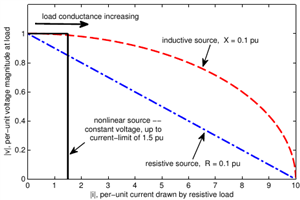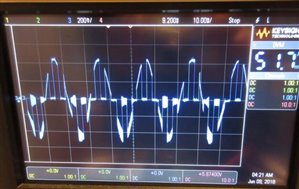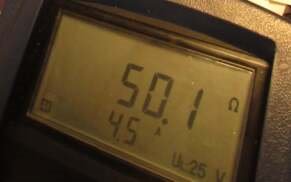Sparkingchip:
With many light fittings now being LED without a removable lamp you cannot even fall back on some of the aids to safe working.
So for the EICR you need to confirm the polarity at the fitting, single pole switches and breakers are in the live phase, loop impedance and possibly the RCD trip time.
Is opening the ceiling rose of a pendant, which does not require any tools to test anymore dangerous than removing the cover of the consumer unit to test Ze, etc?
Andy B
davezawadi (David Stone):
Well Graham, perhaps you have hit the nail on the head. I like to do testing with 2 people with radio communications, it is very much quicker, and overcomes your idea that an open accessory or whatever left with a meter and perhaps a warning notice is dangerous to anyone. The idea that one man tests a large installation by walking miles each day is simply arcane.
We are in the 21st-century and need to use 21st-century tools. R1 + R2 testing takes very little time, insulation testing has someone close to the items being tested etc. You can see how this is so much safer and quicker but want to give a method statement and procedure which removes the value of the work.
So be it, but I hope there is never a problem due to inadequate testing, it is likely one day. Personally I have no problem with live testing at all, but then I am of that age.




We're about to take you to the IET registration website. Don't worry though, you'll be sent straight back to the community after completing the registration.
Continue to the IET registration site